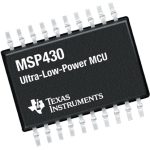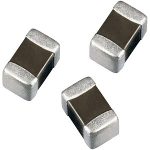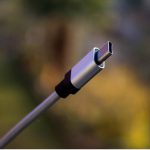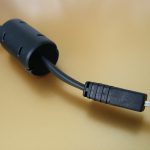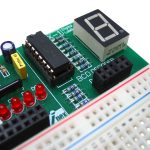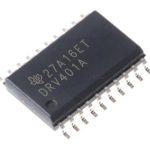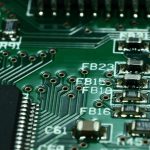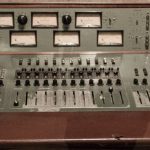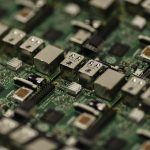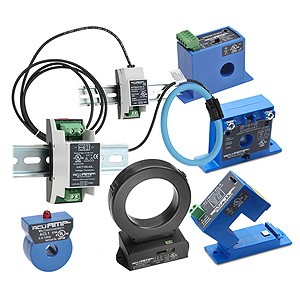
How to Apply Smart Current sensing?
We are surrounded by electrical appliances everywhere; refrigerators, smartphones, tablets, TVs among others. They all demand different amounts of power so as to function. Exposure to too much power is certain to damage these precious gadgets which our lives so much depend on. This makes current sensing very important in the power supply chain. Current sensing involves the measurement of the flow of current in a given system using current sensors.
Smart current sensing techniques
It is important to monitor current in real time so as to detect potential overcurrent situations before they strike. This enables you to take the appropriate preventive action. This involves the use of smart sensors able to take input from the environment and use inbuilt computing resources so as to perform predefined functions then process the data before passing it on. This is known as smart sensing. In order to pick the smart sensing technique that best fits your application, it’s important to know and understand the different techniques of current-sensing techniques.
Current-sensing techniques
-
Direct measurement
In direct measurement, the current being measured has to pass through the measuring device which could be a shunt resistor or a transistor which then measures the current flowing through it. Direct measurement of current is low cost and offers high accuracy hence is often preferred.
The simplest method of sensing current directly is by use of shunt (current-sense) resistors. This method is not only simple but also linear. Based on Ohm’s law, the voltage across the current-sense resistor represents the magnitude of the current passing through.
V=IR
Ohms Law
One such resistor is the WSBM8518L 1000JK. This shunt resistor is suitable for high-current applications like automotive applications. It comes either as a standalone part or integrated into an enclosure to enable easy connection.
When a shunt resistor is used, it can either be placed between the load and the return or between the load and the power supply. When placed between the load and the return, it is referred to as low-side sensing. When placed between the load and the power supply, it is regarded as high-side sensing.
You May Also Like This : “Effective High Power Isolated Current Sensors”
Low-side sensing is a simple and low-cost technique due to the fact that the current-sense resistor is ground referenced and hence can be buffered using a standard op-amp. However, the low-side sensing cannot detect an open or short circuit, the resistor also adds resistance to the ground path a concept which may be unacceptable in many applications. High-side sensing, on the other hand, does not add any resistance to the ground path. However, there exist common-mode voltage on each on each side of the shunt resistor which may exceed the common mode range of a standard op-amp.
Shunt resistors are also available in IC form. The INA300 is such an example. The INA300 demand 5V supply. The voltage level is adjustable and can be set using a digital-to-analog converter of an external variable resistor. Its response time is between 10 μs and 100 μs.
Indirect current measuring techniques
Indirect current sensing is based on Ampere’s and Faraday’s Law. It is equally capable of high accuracy but is very complex and expensive compared to direct sensing. Rogowski coils and CTs are used to measure current. The system is inherently isolated by virtue that there is no direct connection between to the monitored system. This technique is used for load currents of between 100A-1000A. However, it is not conducive for sensing current in PCBs.
With this knowledge in mind, it is easy to pick the suitable for your application. It however important to note that some of these techniques are sensitive to the direction of flow, for instance, the CTs. The CTs have to be aligned accordingly to ensure it measures current as expected.






